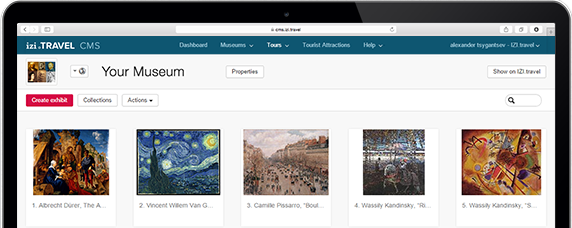Museo Archeological Area of Gonfienti
- Download the applinks
- iOS
- Android
- Windows Phone
Info museo
Riguardo il museo
In the Archaic Etruscan era, the city was built following innovative urban planning criteria, based on a coordinated pattern, with smooth-pebbled streets flanked by buildings and demarcated by drainage canals. The latter were necessary for the stable occupation of this part of the territory, despite the precarious hydro-geological eco-balance. The surrounding zone was also parceled out, and organized with wells and canals, according to an orientation that has remained traceable throughout the centuries.
In the southeastern sector of Etruscan Gonfienti, within a contained neighborhood, a residential building of impressive size (ca. 1,400 square meters) was brought to light. Its internal layout resembles the structures of Marzabotto and Archaic Rome, with living quarters overlooking the central courtyard, its well, and its peripheral portico. During excavations the terracotta roof of this last-named structure was shown to have thoroughly collapsed, and it yielded shingles, roof-tiles with palmetto-form antefixes, eave tiles and trapezoidal shingles for the roof corners, linked through their fallen position to the antefixes with female heads framed by shell-shaped halos.
The ceramic materials from the internal areas of the buildings are typical of the domestic context of the sixth to fifth centuries BCE, with forms for the dining table, the pantry, in both impasto and purified clay; “bucchero” ware, of mainly local production, with peculiar shapes, such as the kyathoi with hollow truncated horn handles, and basins with umbonate tubs on high bugle-shaped bases, reflecting a metallic derivation. The economic and cultural level of Gonfienti’s inhabitants, and the participation of the town within an extended network of commercial contacts, is suggested by the notable presence of symposium vases imported from Attica, with several black-figure fragments and numerous red-figure kylikes: the most renowned of these is the large red-figure cup attributed to the Athenian painter Douris, made around 475-470 BCE.
Opere
Collezione artistica con audio
Recensioni
Scarica l'app gratuita izi.TRAVEL
Crea i tuoi audio tour!
L'uso del sistema e l'app di guida per dispositivi mobili sono gratuiti



